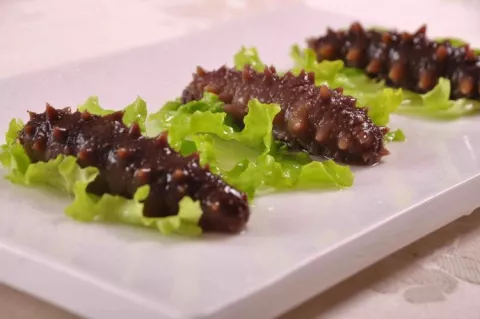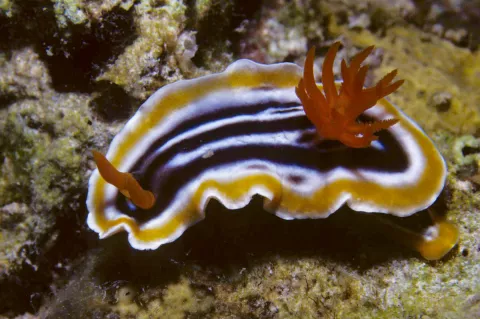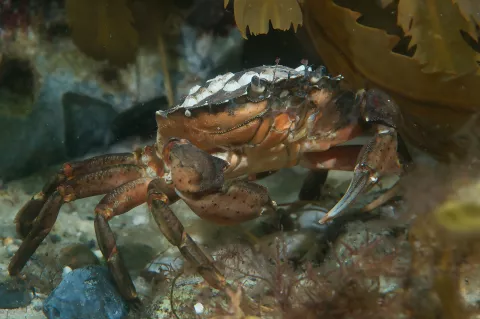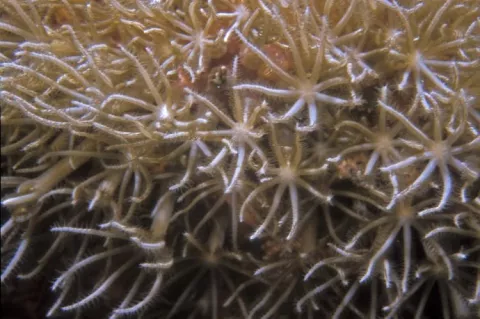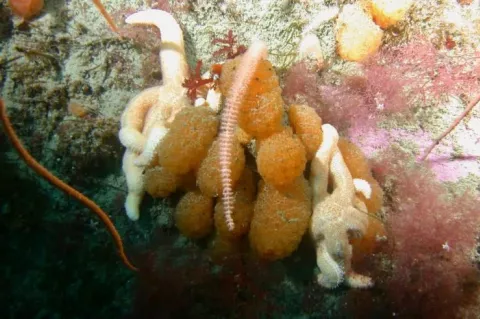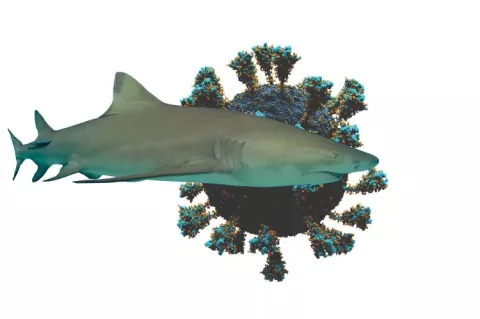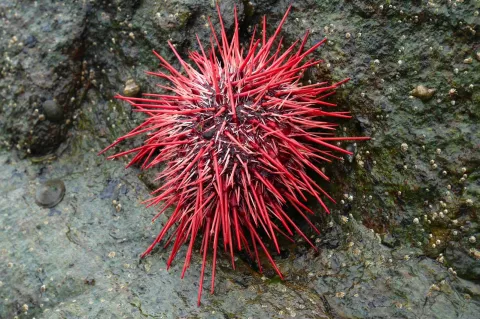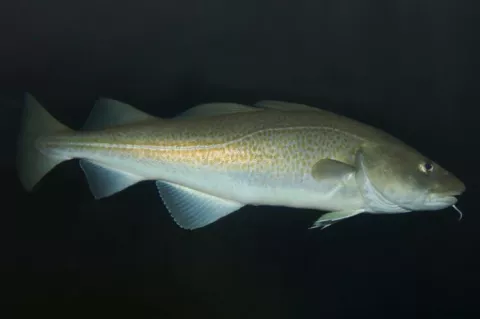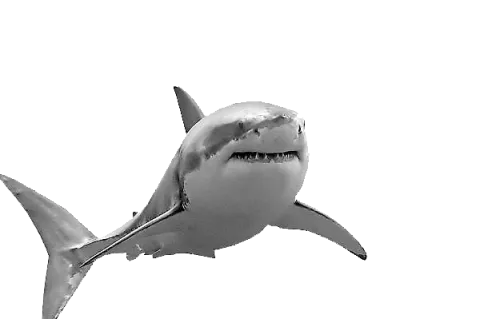How sea cucumbers could help combat diabetes
Considered a marine delicacy in Asia, sea cucumbers are widely known for their anti-inflammatory and antioxidant properties. Now, new research from the University of South Australia (UniSA) suggests that they might be a crucial ingredient in the fight against diabetes.

